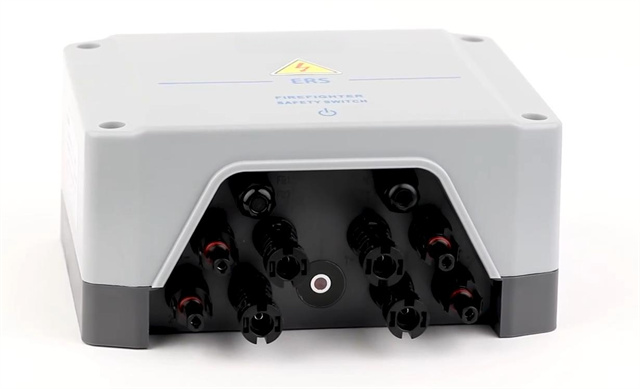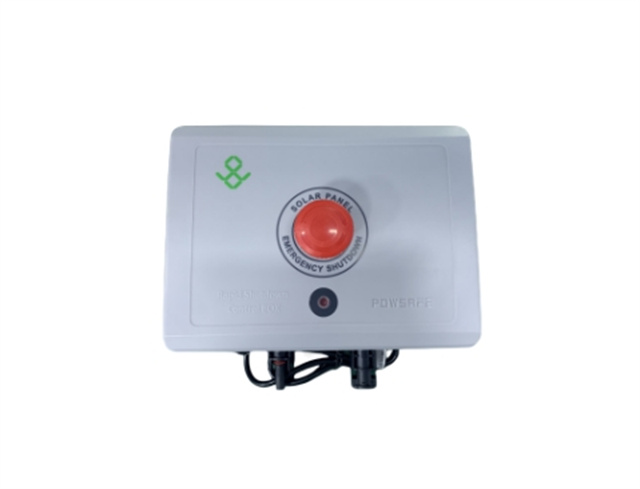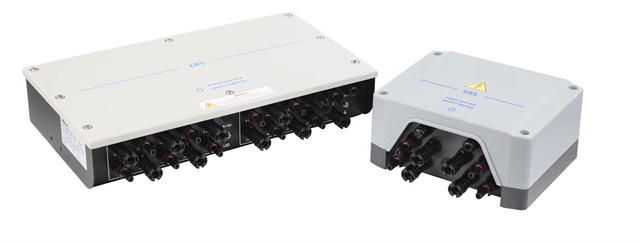Author:BLD Solar Energy SystemFROM:Solar System Converter Manufacturer TIME:2023-08-18
Introduction:
The rapid shutdown technology in photovoltaic (PV) systems has gained significant attention in recent years. This technology addresses safety concerns and ensures the efficient operation of PV systems. In this article, we will explore the applications of rapid shutdown in PV systems, examining its impact on system performance, safety, and code compliance.

Rapid shutdown plays a vital role in ensuring the safety of PV systems, particularly during emergencies or maintenance. By rapidly de-energizing the system, it reduces the risk of electrical shock for firefighters or repair personnel. Traditional PV systems supply electricity to the grid through an inverter, which may continue to produce power even when the grid goes down. Rapid shutdown technology allows for immediate disconnection from the grid, minimizing potential hazards.
Rapid shutdown is especially important in cases of residential PV installations. Emergency responders need to have clear guidelines and procedures to effectively address fires or other incidents involving PV systems. The incorporation of rapid shutdown devices simplifies the shutdown process, ensuring quick and safe access to the site and reducing the risk of further damage or injury.

While safety is paramount, rapid shutdown technology also contributes to optimizing the performance of PV systems. By swiftly shutting down the system during faults or maintenance, it prevents potential voltage fluctuations that could damage sensitive equipment. This enhances the overall reliability and service life of the PV system.
Rapid shutdown also allows for more efficient energy harvest. Traditional PV systems rely on series-parallel connections, where each module's output voltage is dependent on the lowest voltage in the string. When one module's performance is compromised, such as due to shading or dirt accumulation, the entire string's output is affected. Rapid shutdown technology helps mitigate this issue by enabling module-level shutdown. This means that a single shaded or malfunctioning module will not impact the overall output of the system, maximizing energy production.

Adherence to electrical codes and regulations is crucial for PV system installation and operation. Rapid shutdown technology has been recognized and incorporated into various electrical codes, including the National Electrical Code (NEC) in the United States. Industry standards now require the implementation of rapid shutdown devices in PV systems, ensuring compliance and safety.
Furthermore, rapid shutdown allows for easier inspection and maintenance of PV systems, as it simplifies the isolation of specific sections. Technicians can work on individual modules without having to shut down the entire system, enhancing efficiency and reducing downtime during repairs or upgrades.
Conclusion:
The applications of rapid shutdown technology are integral to the effective and safe operation of PV systems. It not only enhances safety protocols and adheres to code requirements but also optimizes system performance, ensuring maximum energy harvest. The incorporation of rapid shutdown devices in PV systems is a significant step towards creating a more robust and dependable renewable energy infrastructure.
